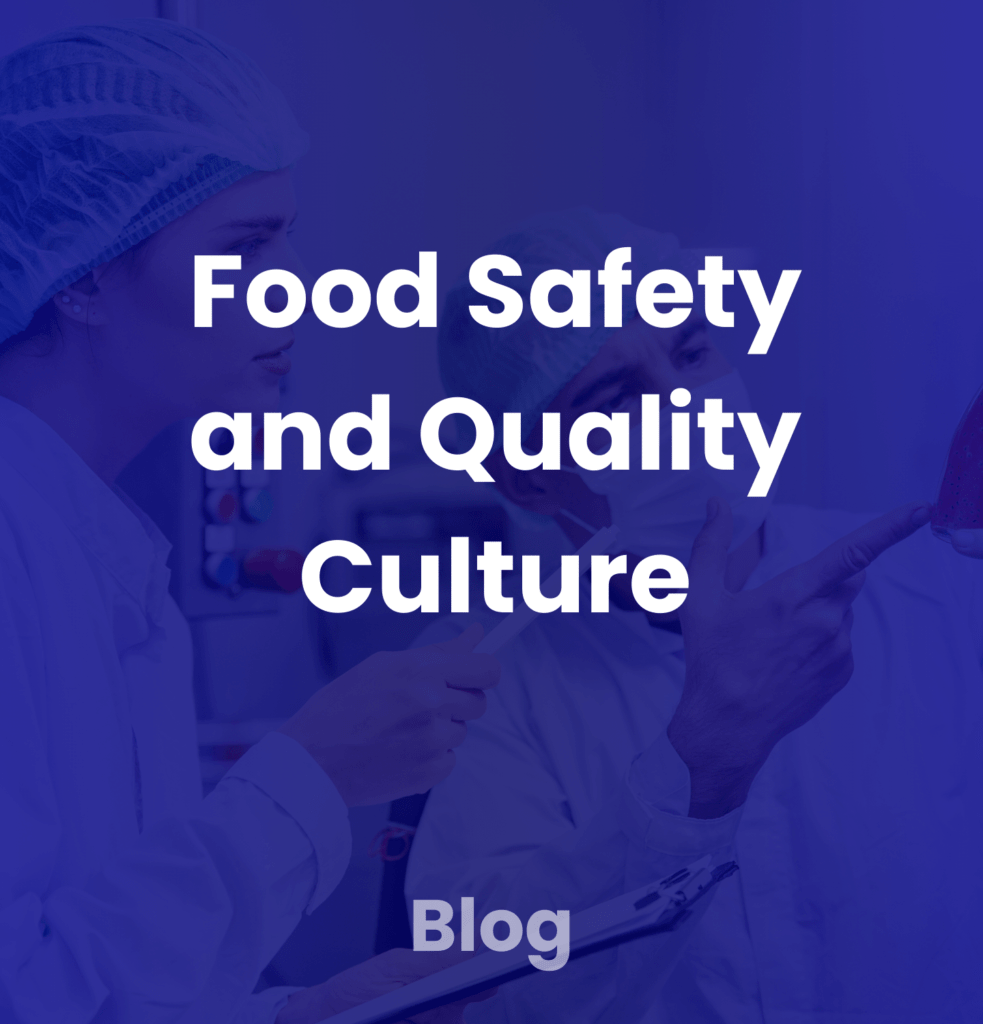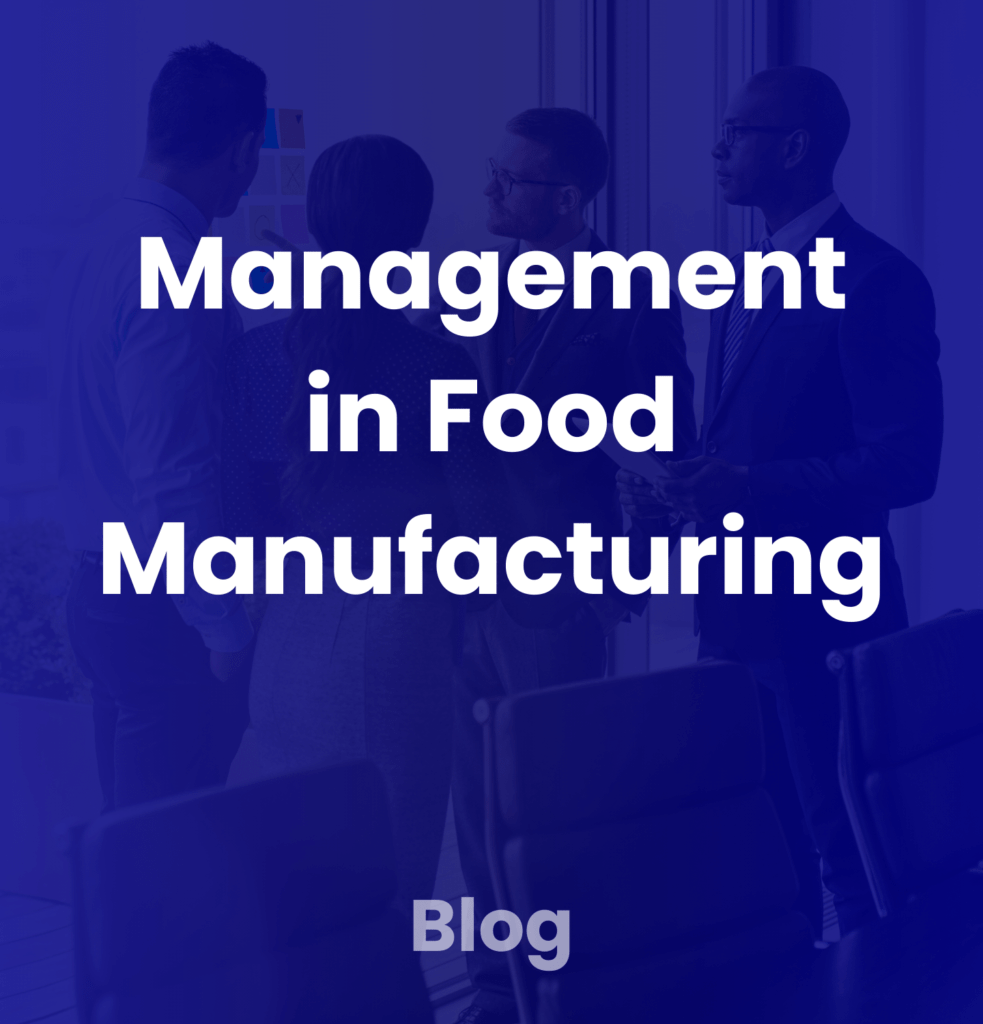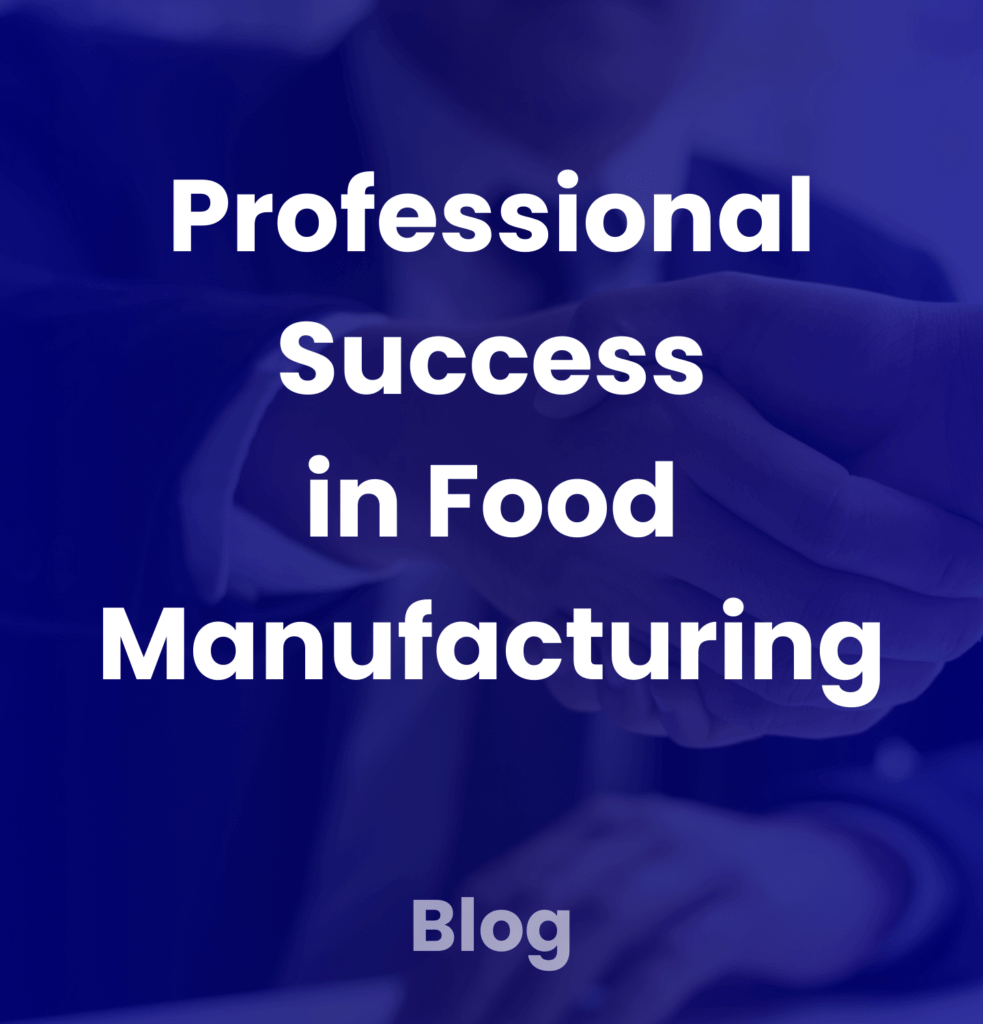
Sector-Specific Information
The Food Industry Hub knowledge centre delivers a wide range of sector-specific information for food industry professionals.
The below is one topic from our knowledge centre. You can return to all topics by clicking here.
Microbiological Growth Inhibition Techniques
Definition
Microbiological growth inhibition techniques are methods employed to prevent or slow the growth of microorganisms in food products throughout production, distribution, and storage. These techniques are critical in ensuring the safety and shelf life of food, avoiding foodborne illnesses and spoilage. Microbial contamination can occur at various stages in the food production chain, from raw material handling to packaging, and managing this risk is fundamental to food safety.
Microbiological growth inhibition techniques aim to either slow down or stop the growth of microorganisms, without necessarily eliminating them. These methods can be divided into physical, chemical, and biological interventions that target the various conditions required for microbial growth, such as temperature, moisture, pH, and nutrient availability.
Practical Application
The application of microbiological growth inhibition techniques is fundamental in various food production processes, particularly in the manufacture of products with extended shelf lives, and those requiring high standards of safety and quality control. Common applications include:
- Preservation of Food Products: Techniques such as refrigeration, freezing, and the use of preservatives help control microbial growth and extend the shelf life of food products. Cold storage, for example, reduces the rate of microbial proliferation by lowering temperatures, while freezing can render microorganisms dormant.
- Use of Preservatives: Chemical preservatives, such as salt, sugar, vinegar, and more recently, organic acids and preservative additives, are added to food products to inhibit the growth of microbes. These substances either alter the environment of the food (e.g., lowering pH) or have direct antimicrobial effects, rendering the product inhospitable to microbial growth.
- Hurdle Technology: Hurdle technology involves the use of multiple preservation techniques in combination to prevent microbial growth. For example, combining refrigeration with the use of salt, or pasteurisation followed by refrigeration, creates multiple barriers to microbial growth. This method increases the effectiveness of each individual preservation technique and ensures a more robust approach to food safety.
- Modified Atmosphere Packaging (MAP): This technique involves altering the atmospheric composition within packaging to reduce the oxygen content and increase levels of carbon dioxide or nitrogen. This environment slows down the growth of aerobic bacteria, moulds, and yeasts. MAP is commonly used in fresh produce, meats, and ready-to-eat meals.
- Irradiation: Food irradiation uses ionising radiation to kill or inactivate microorganisms in food. The radiation disrupts the DNA of the microbes, preventing them from reproducing. This technique is often used for spices, dried fruits, and some meat products.
- Fermentation: Controlled fermentation, commonly used in products such as yogurt, cheese, and fermented meats, is another technique that inhibits the growth of harmful microorganisms. Beneficial bacteria outcompete and suppress the growth of pathogenic microbes by producing lactic acid and other antimicrobial compounds.
- Heat Treatments: Heat treatments such as pasteurisation, sterilisation, and blanching are widely used to kill or reduce the number of viable harmful microorganisms in food. Pasteurisation involves heating food to a specific temperature for a certain period to kill harmful bacteria without affecting the overall quality of the food. Sterilisation, on the other hand, uses higher temperatures and longer times to achieve a more complete microbial reduction.
- Water Activity (aw) Control: Water activity refers to the availability of water in food. Reducing the water activity of a product can inhibit the growth of many microorganisms. Methods to control water activity include drying, salting, and the addition of humectants (substances that help absorb moisture).
Related Concepts
- Foodborne Pathogens: These are microorganisms, such as Salmonella, Listeria, E. coli, and Campylobacter, that can cause illness when consumed. Microbiological growth inhibition techniques target these pathogens to ensure food safety.
- Shelf Life: The length of time a food product can be stored before it becomes unsafe to eat or loses its desired qualities. Techniques that inhibit microbial growth are key to extending shelf life.
- Food Spoilage: Microorganisms, such as moulds and yeasts, can cause spoilage in food products, leading to undesirable changes in texture, colour, taste, and odour. Inhibition of microbial growth prevents spoilage and helps maintain food quality.
- Antimicrobial Resistance (AMR): The ability of microorganisms to resist the effects of antimicrobial agents. The use of antimicrobial chemicals and preservatives must be carefully managed to prevent the development of resistant strains, which could compromise food safety.
- Preservative-Free Products: Some food manufacturers aim to produce preservative-free or ‘clean label’ products. In these cases, microbiological growth inhibition techniques may rely more heavily on physical methods, such as refrigeration, freezing, and packaging innovations, to maintain product safety and shelf life without the use of chemical preservatives.
- Food Safety Management Systems (FSMS): A set of systems and procedures designed to ensure that food products are safe for consumption. FSMS frameworks, such as HACCP (Hazard Analysis and Critical Control Points), rely on microbiological growth inhibition as part of their preventive measures.
- Temperature Control: The regulation of temperature during food processing, storage, and transportation. Proper temperature control is essential for inhibiting microbial growth, especially for perishable foods like dairy, meat, and seafood.
Expert Insights
- The Role of Hurdle Technology in Modern Food Production: The application of hurdle technology, which combines multiple inhibition methods, is one of the most effective ways to control microbial growth. For example, pasteurisation combined with refrigeration or MAP creates a multi-layered barrier to microbial contamination. This approach not only extends shelf life but also helps ensure food safety without the need for excessive preservatives.
- The Importance of pH Control: Many microorganisms, including most foodborne pathogens, thrive in specific pH ranges. Controlling pH is an effective way to inhibit microbial growth. For instance, acidifying foods with organic acids (like vinegar or citric acid) lowers the pH, creating an environment that is hostile to harmful bacteria. This is commonly used in pickling and the preservation of fruits and vegetables.
- Microbial Monitoring and Testing: Even when microbiological inhibition techniques are in place, regular monitoring and testing are essential. This can include microbiological testing for pathogens or spoilage organisms to verify the effectiveness of the inhibition methods and ensure that products remain safe throughout their shelf life.
- Natural Antimicrobials and Clean Label Trends: As consumers demand more natural ingredients, food manufacturers are increasingly turning to natural antimicrobial agents like fermentation by-products to prevent microbial growth. These substances can be an appealing alternative to synthetic preservatives, aligning with the clean label movement.
- Challenges in Maintaining Food Safety with Natural Inhibition Techniques: While natural antimicrobials offer promising benefits, they often face challenges such as variability in efficacy, regulatory approval, and potential sensory impacts on the food product. Manufacturers must carefully balance safety, effectiveness, and consumer expectations when incorporating these techniques.
- Irradiation and Consumer Perception: Although food irradiation is effective at killing microorganisms, consumer perceptions can influence its acceptance. Educating consumers about the safety and benefits of irradiation as a food safety measure is essential for its broader adoption, particularly in markets where it has not yet gained widespread acceptance.
Challenges
- Effectiveness in Diverse Food Products: Some inhibition techniques, such as refrigeration or preservatives, may not be effective in all types of food. For example, dry or high-sugar products may require different approaches compared to wet or high-protein products, as the moisture content and composition can affect microbial growth.
- Balancing Food Safety with Quality: Some antimicrobial treatments, particularly chemical preservatives, can alter the taste, texture, or appearance of food. Manufacturers must carefully balance the need for microbial control with maintaining the product’s sensory qualities.
- Regulatory Compliance: Different regions have varying regulations on the use of antimicrobial agents and preservatives in food products. Food manufacturers must stay up to date with local and international regulations to ensure compliance, particularly when using newer or less traditional methods.
Conclusion
Microbiological growth inhibition is a cornerstone of food safety in modern manufacturing. Whether through physical techniques like refrigeration and freezing, chemical methods involving preservatives, or innovative approaches like hurdle technology and MAP, these methods are essential in maintaining the safety, quality, and shelf life of food products. As consumer demands shift towards natural and clean-label products, food manufacturers must continue to innovate and carefully evaluate the most appropriate microbiological growth inhibition techniques for each product type, while ensuring compliance with food safety standards and regulations.
Boost your food safety and compliance interventions with Food Industry Hub Management Systems, designed exclusively for food manufacturers.
About The Food Industry Hub Knowledge Centre
The Food Industry Hub knowledge centre delivers informative content on a variety of topics pertinent to the food manufacturing industry.
You can return to all topics by clicking here.
We regularly produce new content for food industry professionals, and the Food Industry Hub Mail Service is the best way to stay up to date with the latest additions.
Signup today to be added to the Food Industry Hub mailing list.










